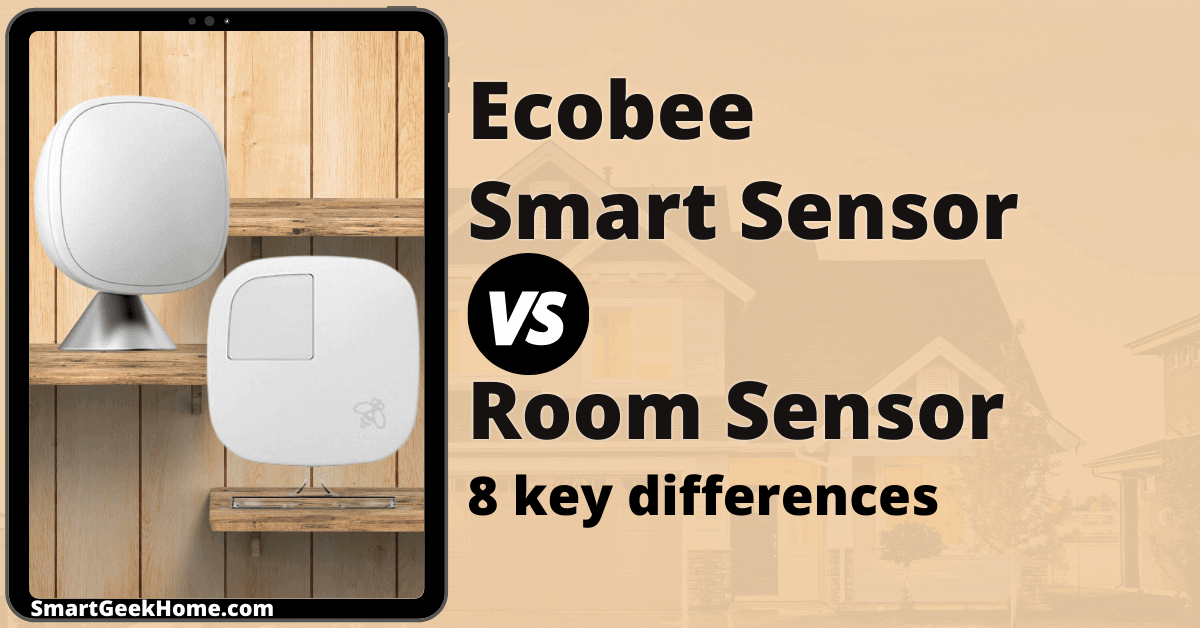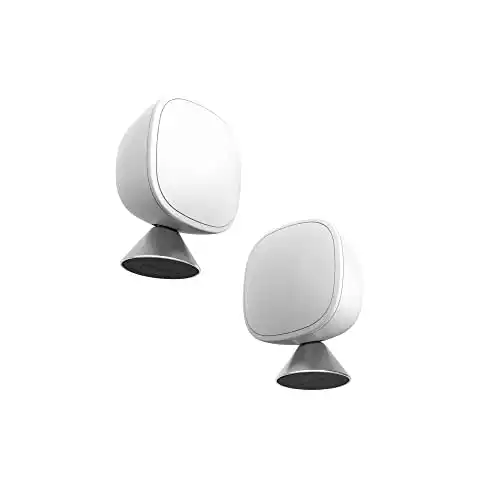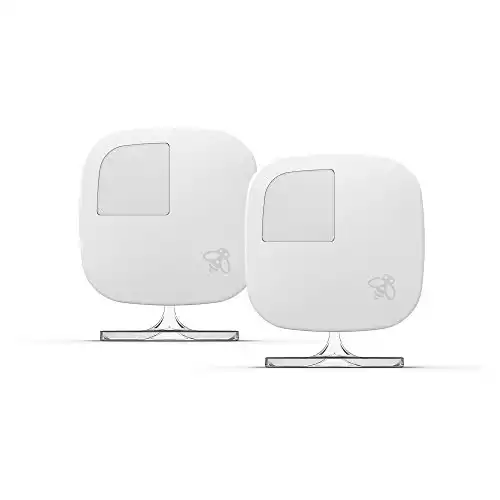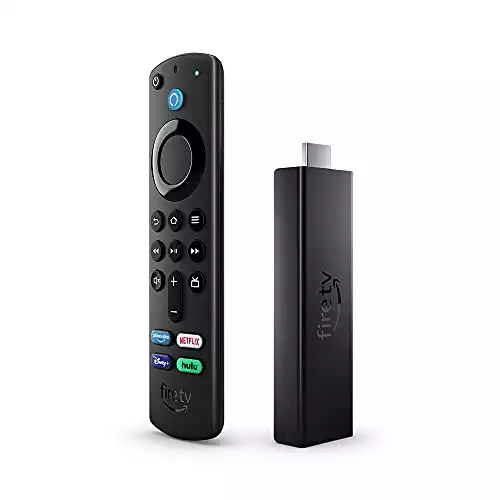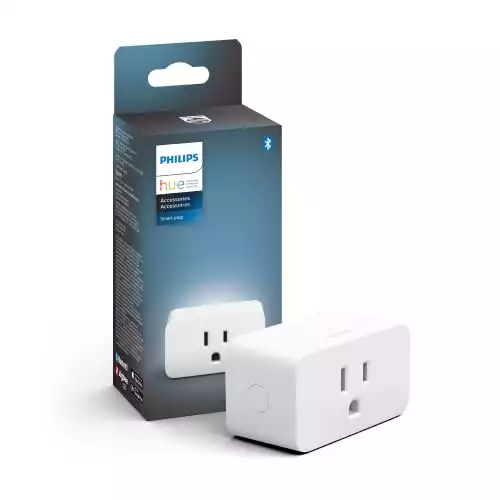This page may contain affiliate links. Please read my disclosure for more info.
Ecobee’s original room sensors played a key role in their thermostat setup, giving them an edge over rivals like Nest. So, it sparked quite a reaction when Ecobee replaced these with the latest smart sensors.
In this post, we’ll break down the main differences between Ecobee’s smart sensor and room sensor. You’ll learn about the benefits of the latest sensors and their significant drawback. If you’re considering an upgrade from an older Ecobee setup, this guide aims to provide the clarity needed to make your decision confidently.
Quick Comparison: Ecobee Smart Sensor vs Room Sensor
|
|
|
|
60 feet
|
45 feet
|
|
Faster
|
Slower
|
|
Yes
|
No
|
|
2+ years
|
1 year
|
|
140 degrees
|
120 degrees
|
|
100 degrees
|
30 degrees
|
1. Smart Sensors Have a Longer Communication Range
Previously, room sensors needed to be within 45 feet of your Ecobee thermostat. Now, with a 60-foot range, the new smart sensors offer a notable upgrade.
Remember, the ranges mentioned are best-case scenarios. Obstacles like walls, floors, or even your couch can significantly reduce these distances. Also, gadgets operating in the 915 MHz spectrum—think certain phones, baby monitors, and security systems—might interfere, affecting performance.
2. Smart Sensors Have Faster Detection Response
Ecobee smart sensors outpace their room sensor counterparts in detecting presence, enabling quicker thermostat adjustments. They also enhance automations significantly when used with HomeKit, Alexa, or Google Assistant, offering a smarter, more responsive home environment.
Occupancy sensors, like those from Ecobee, take their time to reset, often staying active for 30–60 minutes after being triggered, even if there’s no more movement. This slow reset helps prevent your HVAC system from turning on and off too quickly, which is good for efficiency. However, it also means these sensors can’t immediately replace your current motion detectors.
3. Smart Sensors Take Better Occupancy Readings
Room sensors often struggled with pets, particularly big dogs. The common fix was to aim the sensor above pet height, but this wasn’t foolproof. If you’ve got a pet that likes to leap or isn’t exactly short, you’ve likely noticed the flaw in this plan.
Ecobee introduced a smart sensor with a standout feature: it’s designed to tell pets apart from people. This means it aims to activate only when humans are around, not pets. While it’s not flawless, it represents a significant advancement in making our homes smarter and more responsive.
Ecobee acknowledges their system has room for improvement, but they provide a list of tips to boost its performance. Their advice? Position the sensors out of your pet’s reach and steer clear of aiming them at your pet’s preferred spots. Despite these adjustments, the smart sensor outperforms the traditional room sensor in telling apart children from pets.
4. Smart Sensors Have a Wider Viewing Angle
Ecobee’s latest sensors aren’t just better at ignoring pets; they’ve also upgraded how they detect room occupancy. Originally, these sensors could see across a room with a 120-degree horizontal view. However, they struggled to detect movement above or below, limited to a 25-30 degree vertical range.
The latest Ecobee smart sensors boast a wide 140-degree horizontal and 100-degree vertical field of view, spotting objects as far as 20 feet away. In contrast, their predecessors were less impressive, with an estimated range of just 15 feet.
5. Smart Sensors Have Longer Battery Lives
The room sensor initially ran on a 240mAH CR2032 battery, lasting about a year. Ecobee upgraded to a more powerful 1000mAH CR2477 battery for their smart sensor, enhancing its longevity.
The latest upgrade significantly boosts the battery life of the sensor, now lasting a minimum of two years, thanks to a capacity that’s four times larger. Ecobee even suggests these new batteries could keep going for up to five years.
These batteries are budget-friendly, typically costing between 50 cents to a dollar each. While newer batteries might cost double, their superior performance actually lowers your yearly battery expenses once you switch.
6. Smart Sensors are Bigger
Smart sensors bring cool new features but there’s a catch: they’re bulkier. With added capabilities and a larger battery, these sensors are thicker, measuring 1.03 inches versus the slimmer 0.8 inches of traditional room sensors. This might seem minor, but it’s a big deal if you’re aiming for a sleek, wall-flush look.
The newer smart sensors are more compact, measuring 1.58 inches in height and 1.6 inches in width, a slight reduction from the room sensor’s dimensions of 1.7 inches both ways.
7. Smart Sensors Have Better Stands
Gone are the days of flimsy clip-on bases for room sensors, replaced by sleek, magnetic metal bases that elevate the look and feel of smart sensors. While using the stand is optional, opting for this modern upgrade is a choice you’re likely to appreciate for its enhanced stability and aesthetic appeal.
8. Smart Sensors Have a More Modern Design
Discussing design updates, the initial room sensor was a basic, square, white plastic block. It screamed for a sleeker look. Ecobee listened and revamped it into a smart sensor with smoother edges and a contemporary design, enhancing its visual appeal.
The new design isn’t just for looks; its added curves expand the sensor’s viewing angle. It’s great when a single tweak enhances both appearance and functionality.
What’s Next?
Ecobee’s latest models swapped room sensors for smart sensors, enhancing your home’s tech game. These sensors bring more precision without any real drawbacks. Considering an upgrade? It’s worth it if you value extended coverage and better detection of room occupancy and pets. Otherwise, your current setup might still do the trick.
After setting up your smart sensors, explore additional applications for them. Occupancy sensors pair well with many smart plug uses, particularly in managing humidifiers and climate control devices. This approach offers a straightforward path to achieve energy savings with smart plugs, eliminating the need for extra sensor types in your home.
|
N/A
|
$34.99
|
$49.99
|

Zachary has spent 12 hears in the tech industry focusing on automation, analytics, and cybersecurity. His passion is tech education; he uses his industry expertise and STEM PhD to break down complicated concepts into simple step-by-step guides. When he’s not writing or coding, you can find him binging anything Star Trek or Marvel or reading far too many sci-fi novels.
